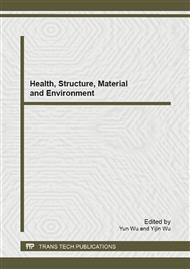p.459
p.465
p.470
p.477
p.483
p.490
p.497
p.503
p.507
Study on Total Pressure Losses Characteristics of Rotating Cavity with Radial Inflow of Different Drum Hole Shape
Abstract:
The pressure losses characteristics of the rotating cavity with radial inflow were investigated by testing method. The rotating cavity with oblong and round drum holes inlet and outlet total pressure under different operational state were tested, the influence of non-dimensional mass flow rate and rotating Reynolds number on rotating cavity with a Radial Inflow of different drum holes were analyzed. The results show that total pressure losses of the rotating cavity increases with the rotating Reynolds number and flow coefficient. Structure with oblong drum holes is superior to structure with round drum holes with lower total pressure losses in the range of the ratio of the flow coefficient and the Reynolds number is less than 0.048.And structure with round drum holes is superior to structure with oblong drum holes with lower total pressure losses in the range of the ratio of the flow coefficient and the Reynolds number is less than 0.048.
Info:
Periodical:
Pages:
483-489
Citation:
Online since:
February 2013
Price:
Сopyright:
© 2013 Trans Tech Publications Ltd. All Rights Reserved
Share:
Citation:


